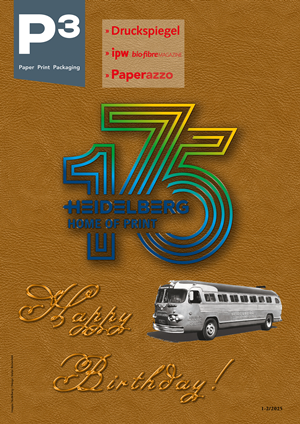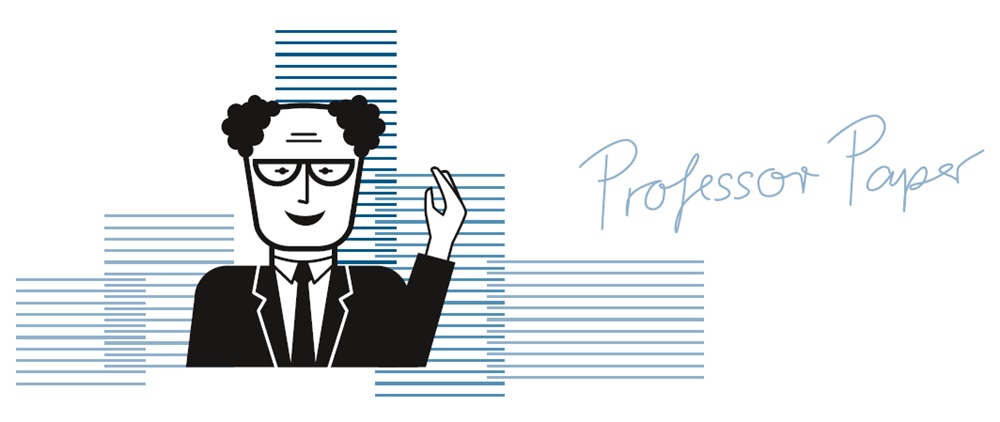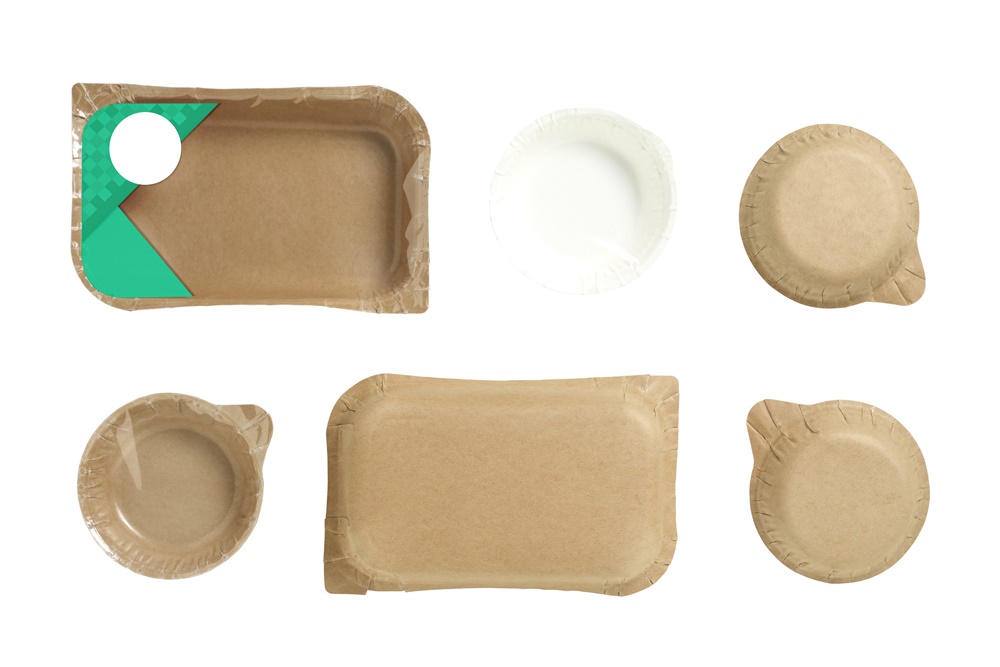P3 7-8/2021 en
Syntegon & EIT-Food
Paper-Based Food Packaging
Standards
As part of an EIT-funded project, Syntegon has developed paper-based trays and cups for sensitive foods. Together with partners from industry and research, such as the Fraunhofer Institute for Process Engineering and Packaging in Dresden, the Colruyt Group, the Strauss Group and the University of Reading, Syntegon is implementing the EIT project “PACK4SENSE” (Paper packaging for SENSitive foods ) to develop a sustainable packaging concept. EIT Food is supported by the European Institute for Innovation and Technology (EIT), an institution of the European Union.
The aim of the project is to pack even sensitive products with high barrier requirements in more sustainable materials. Syntegon uses a special paper for this which, thanks to its long cellulose fibers, is particularly elastic and tear-resistant. Sealed bowls and cups with a depth of up to 30 millimeters can be produced in this way.
An easily recyclable barrier layer made up of 95 percent mono-materials also ensures optimum product protection. So that the recyclability can be fully exploited, the paper as well as the barrier layer and the cover film can easily be separated from one another.
This advantage in terms of sustainability also harbors challenges for packaging manufacturers: Consumers should be able to separate all components to separate waste, but paper and film must not come apart unintentionally. In order to prevent this, the TPU paper forming, filling and sealing machine from Syntegon forms the paper and the barrier layer in a joint process by deep drawing and pressing. “The paper-based trays of the PACK4SENSE project are a further development of our previous paper packaging solutions,” explains Matthias Klauser, project manager and sustainability expert at Syntegon.
TPU brings paper and barrier layer together
The TPU was awarded the German Packaging Prize in 2020. For the PACK4SENSE trays and cups, the paper runs straight from the roll into the feeder - the barrier layer required for sealing is applied and joined with the paper without any further conversion step. Alternatively, manufacturers can use a converter to connect paper and the protective layer of mono material without heating. A forming station then presses the materials into shape before the trays are filled and sealed. In addition to a particularly elastic paper that can withstand the formation of wrinkles during the molding process without damage, the main thing is to maintain the separability of the materials: a specially adapted geometry of the molding tools reduces the tension on the materials during the manufacturing process.
Syntegon is continuously working on the further development of paper form technology. EIT Food makes it possible to work closely with important partners and to test products together with consumers and food manufacturers. In this way, prototypes and solutions are developed that meet the product requirements and improve the sustainability of the packaging step by step.








